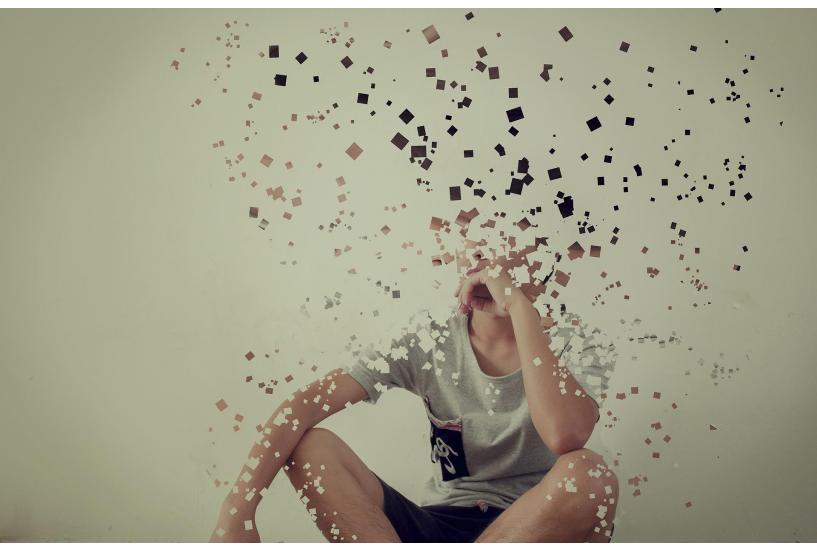by Michael Jawer, author of Sensitive Soul, Your Emotional Type, and The Spiritual Anatomy of Emotion
As I explore in depth in my new book Sensitive Soul, our “felt sense,” our body-based awareness, can actually extend beyond our body—and result in perceptions that are far different than the ones we take for granted.
One form of “felt-sense” extending beyond the body is in people who have the condition called mirror-touch synesthesia. This is where he/she feels the sensations other people are presumably feeling—regardless of whether those people are physically present or being seen in a movie or on TV. Research demonstrates that mirror-touch synesthetes aren’t “making it up” or speaking metaphorically. When they report pain, for example, when viewing someone else in pain, greater activity registers in the parts of their brain relating to both physical and emotional hurt. As an example, here’s a mirror-touch synesthete recalling when she watched Romanian gymnast Nadia Comaneci during the 1976 Olympics:
“As Nadia moved through her routines, my body would twitch and my muscles would move as she moved, and my friends just considered me a freak, and I couldn’t explain it, and I wasn’t trying to do it, and I just found the more I watched her the muscles in my legs would fire, and my legs would move. I remember being not able to explain what I was doing or why I was doing it, or even really realizing that I was doing it, until my friends would point things out to me.”
Another mirror-touch synesthete explained:
“If I were to attend to a lamp or a potted plant, I feel my body become many of their elements—the roundness of the lamp or the hollow round sensation of the lamp shade . . . I sense my body shaped with the pointed characteristics of the branches of the plant and smooth portions corresponding to its leaves.”
It would seem that, for mirror-touch synesthetes, the boundary between self and other is blurred. For people who don’t have the condition, normal perceptions can be significantly altered when something stunning or overwhelming happens—such as being struck by lightning or going through an accident. Below is the recollection of a young race car driver whose vehicle had been thrown 30 feet in the air:
“Everything was in slow motion and it seemed to me like I . . . could see myself tumbling over and over in the car. It was as though I sat in the stands and saw it all happening. . . . Everything was so strange. . . . I remember being upside down and looking backwards. And I saw the man who won the race pass under me. The guy looked up, and I remember that he had an amazed look on his face.”
By the same token, each one of us has felt less definitively embodied at different times in our lives: when drifting off into a daydream, when “losing ourselves” in a good book, or feeling merged with someone we’ve made love with.
What I suggest is that these kinds of experiences, as offbeat as they might seem, hearken back to the way human beings are fundamentally “wired”—the way all of us come into the world.
Someone who charted these waters was the late Donna Williams. Raised in Australia, she was autistic but didn’t know it until diagnosed at age twenty-six. Growing up, Donna was encased in her own world. She constantly dealt with a barrage of sensation, finding high-pitched sounds, bright lights, and even the most basic touch intolerable. Instead, she would focus on discrete sensory impressions: the scraping sound of a comb, the smoothness of a patent leather shoe, the way a chandelier breaks light into many prismatic colors.
This fascination with sensation is characteristic of people with autism. They tend to perceive objects and even other people not as unique wholes but as particular elements: shapes, sounds, textures, movements, or patterns. It’s quite different from what most people do. We recognize the “gestalt” of a face—its overall impression—versus the elements that comprise it. It might be helpful here to recall the droning sound of a teacher that the kids in Peanuts cartoon shows on TV heard. The human being making that sound was never shown nor were the words that teacher might be saying; from the perspective of a bored student sitting in class, the droning sound was all that mattered.
As recounted in Sensitive Soul, Williams cultivated her style of perceiving. She termed it “peripheral perception” and her “shadow sense.” It was indirect, fragmentary, attuned to feel, pattern, and movement. Her way of being, especially as a child, was to effectively lose herself in her surroundings. For those of us who are not autistic, it would seem like daydreaming versus paying close attention. But amazingly, through her shadow sense, Williams said she could “sense the boundaries of a room . . . purely on sonics” and gather “the surface, texture and density of material without looking at it with physical eyes or touching it with physical hands.” It was, she says, “as though some part of me, of my be-ing,” could see, hear, touch, and feel “without my body making direct physical contact.”
Williams would direct this shadow sense via what she called her “will,” a sense of self somehow independent of the body. By engaging her will, she claimed to be able to do things that were easy and ordinary for her but exceedingly strange and extraordinary for the rest of us. For example, she relates that she could “merge” with people she knew:
“I didn’t do this with imagination. I didn’t fantasize . . . I simply found myself feeling physically in these places or with these people. I could not see myself there and I did not interact with the people I’d been drawn to. Yet I did feel myself moving up the stairs to my friend’s flat, through the front door and into the kitchen. I could sense the smell of the room and the noises in the room. I could ‘hear’ and ‘see’ as my friends moved about and went on with things.
"What I’d seen and heard was generally quite trivial; someone doing the dishes, getting something to eat, going to bed. What surprised me was that, upon checking with these friends without prompting them about what I’d experienced, the events had apparently happened in the same order in which I’d seen them at the time I’d ‘been there.’”
When these perceptual shifts would end, Williams was typically surprised to find herself back in her own body. The out-of-body nature of her mental and emotional perambulations reminds me of another noteworthy autistic person, Daniel Tammet. He, like Donna, grew up to be high-functioning, writing books that explain to the rest of us what it’s like to be autistic—and, in his case, a synesthete besides. (Synesthesia is the conjoining of senses; people born with it smell sounds, taste shapes, see colored words and numbers, etc.) But instead of directing a “shadow sense” outside of him, Tammet focused entirely inward. When bullied by other children, for example, “I would put my fingers in my ears . . . and I would count to myself, very, very quickly in powers of two . . . on and on into the millions and the numbers would form patterns in my mind . . . colors, patterns, shapes and textures. It would just be a beautiful experience . . . and the [other] children . . . were kind of perplexed and just walked away. How could they bully someone who didn't know how to be bullied?”
The prominence of emotion in the early experience of many exceptional people is striking. One mother of a prodigy reflects that her son “just felt more from the time he was born. He just had so much emotion and feeling inside of him.” Another mother volunteers that, of her three children, “my autistic child is my most empathetic.” And a young man with autism, now in his twenties, when asked if he sees things differently than others do, responds emphatically “I feel them different.”
As I argue in Sensitive Soul, it’s quite likely that sensitivity such as this develops in utero and is characteristic of many types of exceptional people: synesthetes, savants, people with autism, prodigies and highly gifted children, and people with psychic abilities. They are all highly sensitive, a trait described in 2002 by psychologist Elaine Aron. As she put it, “Most people walk into a room and perhaps notice the furniture, the people—that’s about it. Highly sensitive persons can be instantly aware, whether they wish it to be or not, of the mood, the friendships and enmities, the freshness or staleness of the air, the personality of the one who arranged the flowers.” She adds that they are “unusually empathetic,” feeling their own feelings and paying heed to others’ intensively.
This, I propose, is the default setting of human beings. We are all born with the effortless capacity to sense—and to identify or resonate with—everything that comes into our orbit. Gradually, as the brain matures through infancy and childhood, this fluid and multi-modal way of perceiving is superseded. Synesthesia offers a useful example. It’s been suggested that everyone is a born synesthete—that we come into the world with overlapping senses and learn to differentiate them in response to the cognitive logjam we experience as babies. Indeed, the number of connections between neurons—and between different brain regions—are typically “pruned” as a child grows. If that process of cognitive maturation is impaired, the theory goes, a person will remain synesthetic.
The same, I suspect, is true of other extraordinary people. They will retain access to a more primitive state of perception—preconscious and independent of directed thought or judgment. Their thinner boundaries will allow them to empathize intensively, to “merge” into something or someone else, and to gather perceptions that the rest of us take to be anomalous or paranormal. Theirs is an instinctual system of sensing, a throwback to capacities we all might have had once upon a time.
In truth, none of us senses more than a small fraction of outside reality. The high-pitched sounds that dogs hear are beyond us, as is so much more of the electromagnetic spectrum—ultraviolet and infrared radiation, radio waves, TV signals, etc. Our devices can tune into some of it, but we can’t. We’re not even typically aware of our own bodies’ constant activity: our breathing, blood flow, digestion, heartbeat.
Some people, though—and perhaps any of us, given an accident, lightning strike, or similar traumatic prompt—can tap into this wider phenomenal world. And we’re astonished when it happens. Like the neuroscientists who study mirror synesthetes, we puzzle over the mechanisms by which someone can believe they’re “merging” with someone or something else. But when a person’s accustomed bodily awareness is removed, it’s just possible that the universe may effectively open to their inspection.
As Shakespeare’s Hamlet famously observed, “There are more things in heaven and earth, Horatio, than are dreamt of in your philosophy.” To return to a more contemporary source, Eugene Gendlin, who coined the term “felt sense,” a particular quote is apt. “Experience is a myriad richness,” he said. “We think more than we can say. We feel more than we can think. We live more than we can feel. And there is much more still.”
References for all quotes can be found in Sensitive Soul: The Unseen Role of Emotion in Extraordinary States.
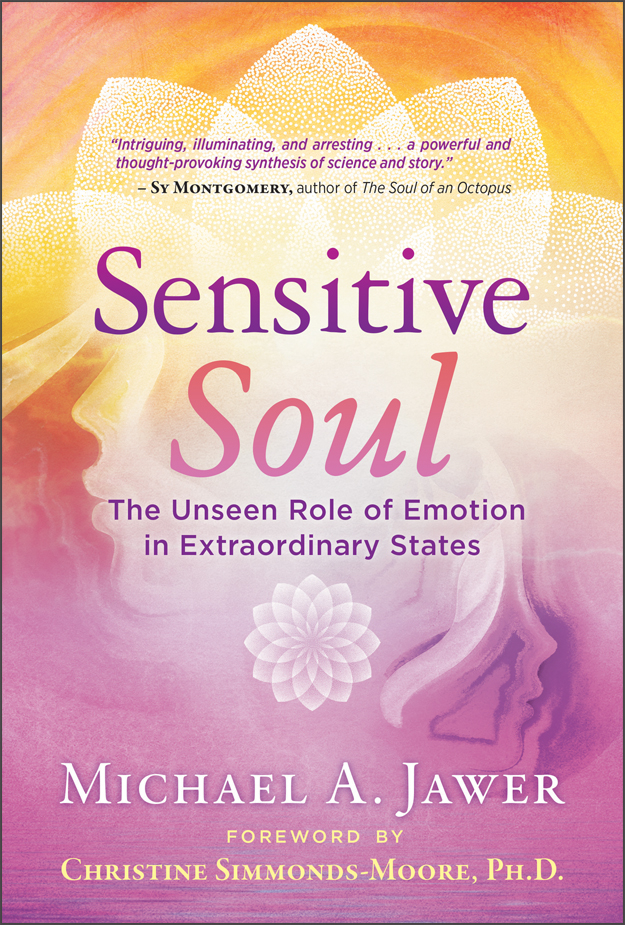 |
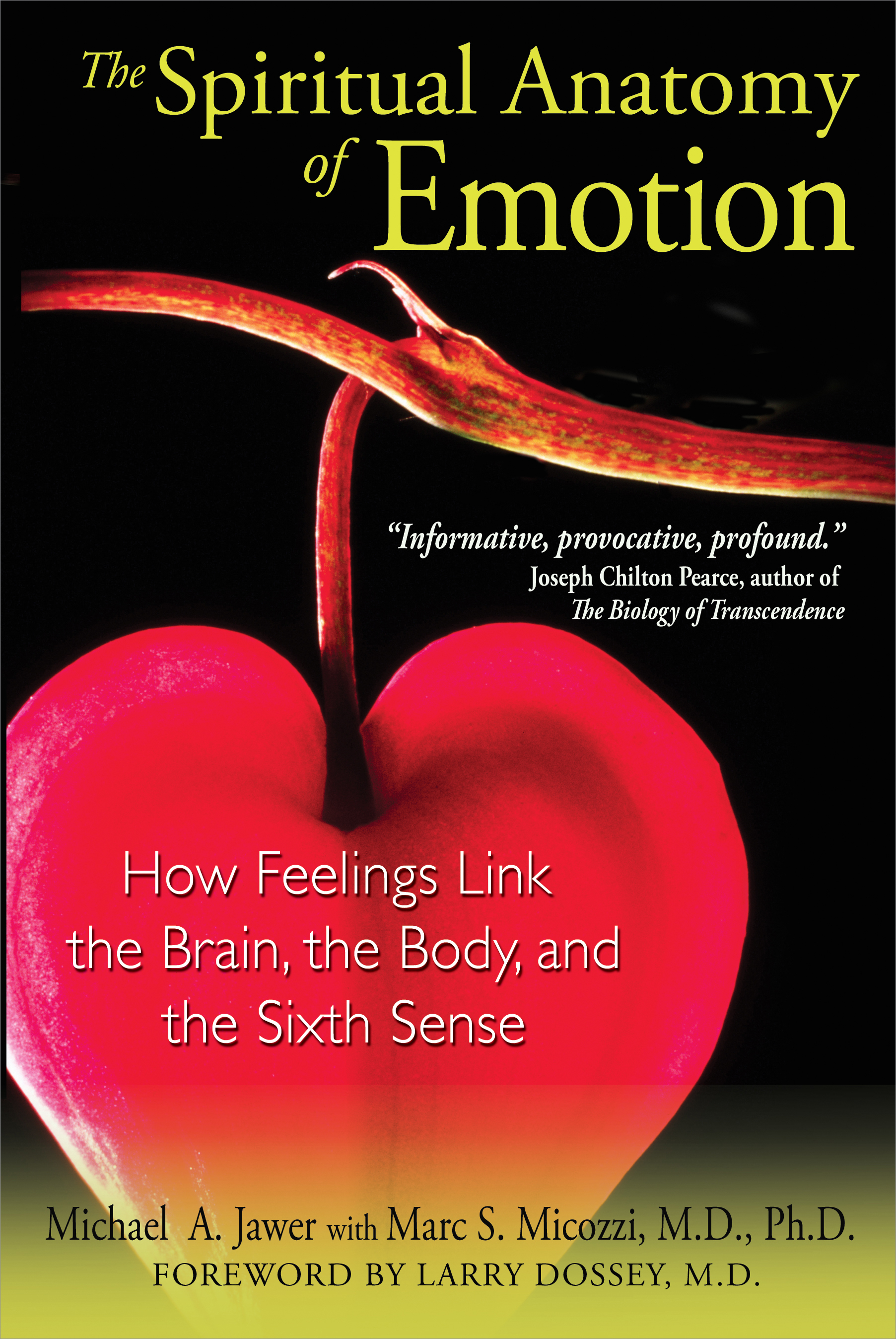 |
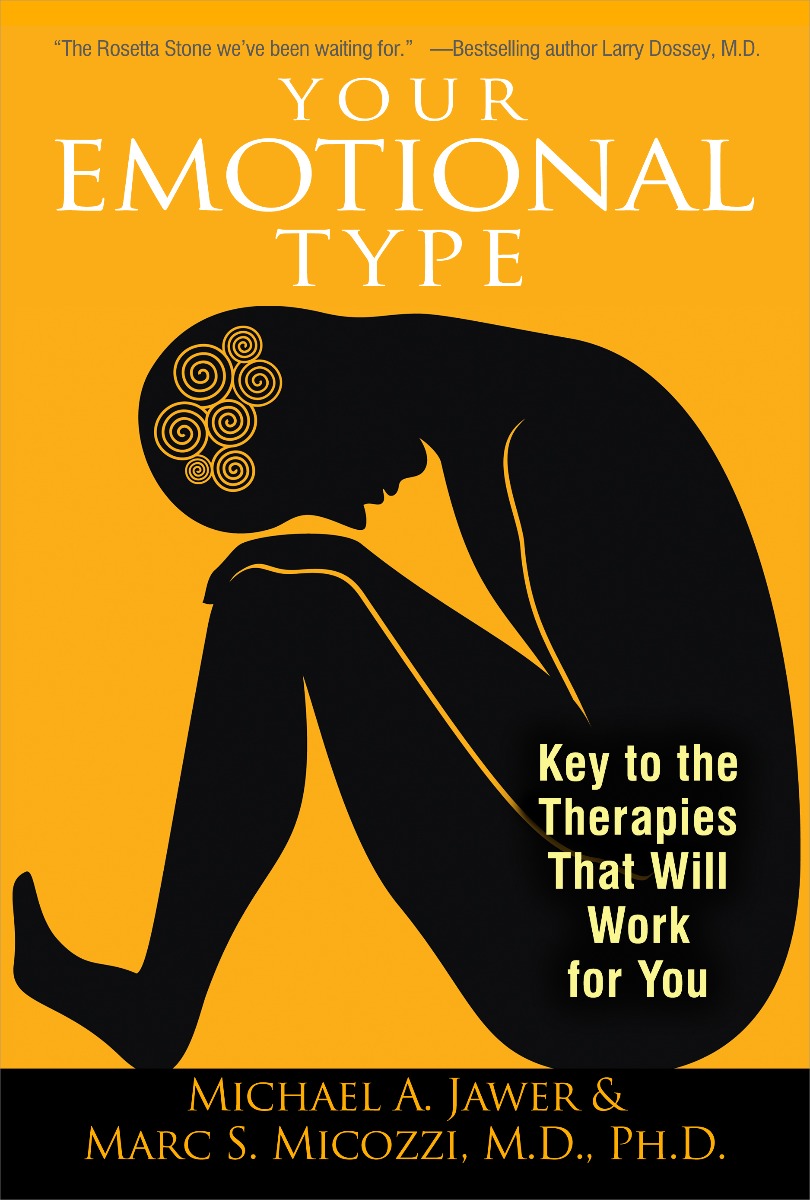 |
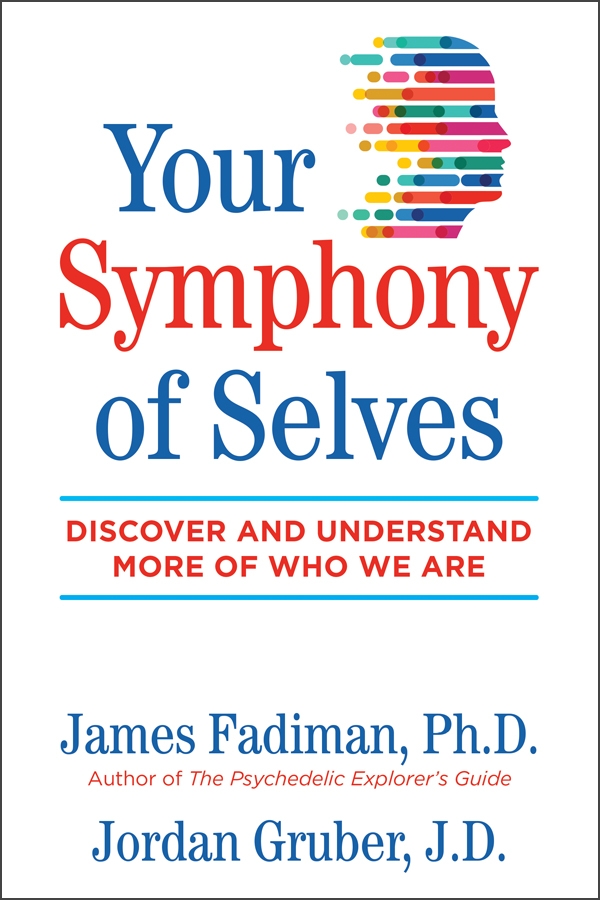 |
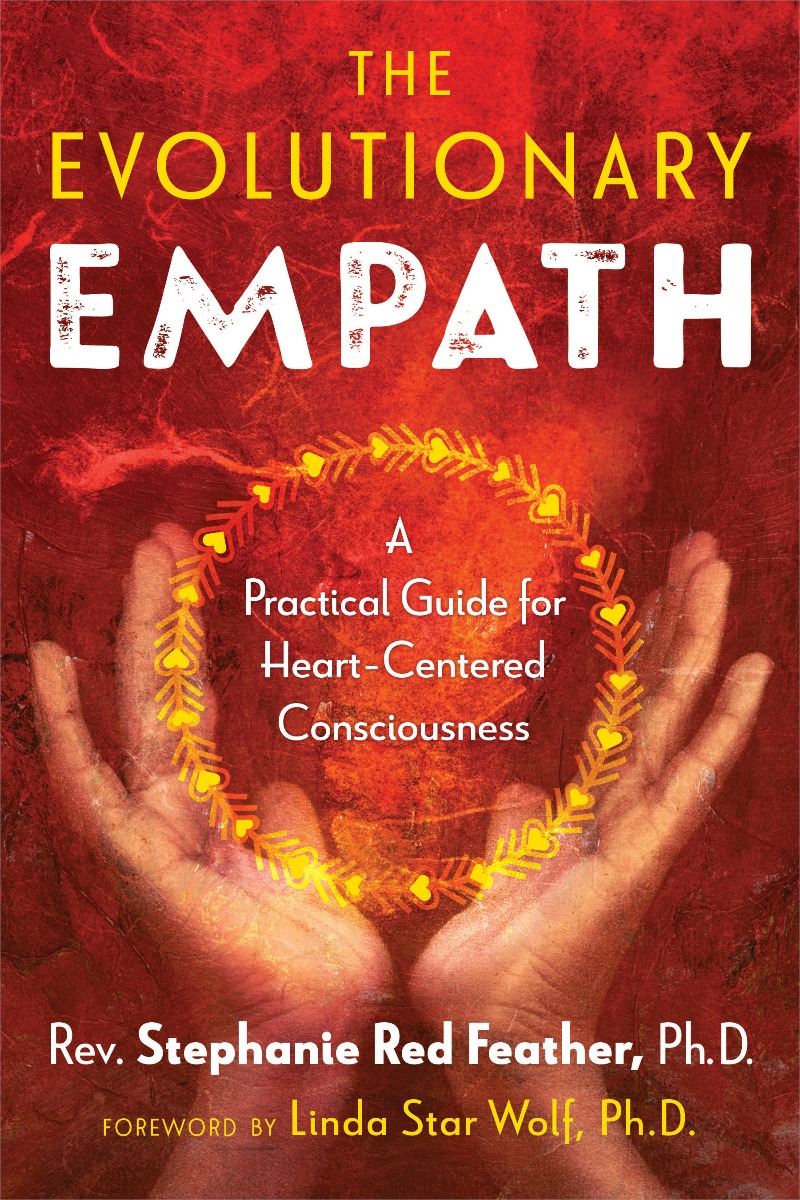 |


